County: Crawford
Fairview Cemetery—Confederate Section
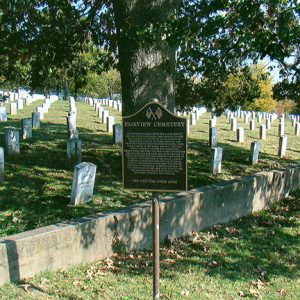 Fairview Cemetery
Fairview Cemetery
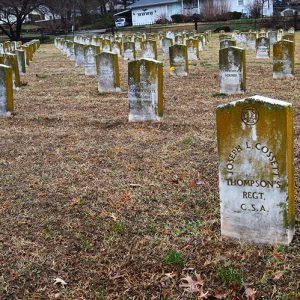 Fairview Cemetery
Fairview Cemetery
Frog Bayou Expedition
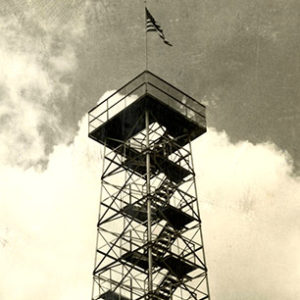 Gaylor Mountain Tower
Gaylor Mountain Tower
Green, Mary Beth Caldwell
Hagerty, Thomas J.
Harper, Charles Augustus (C. A.)
Hays, Skip
aka: Donald Slaven Hays
Helton, Kit (Execution of)
 History Certifications
History Certifications
Jim DuPree v. Alma School District No. 30
Kibler (Crawford County)
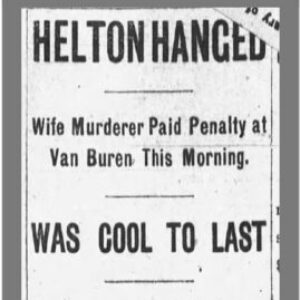 Kit Helton Exectution Article
Kit Helton Exectution Article
Lake Fort Smith State Park
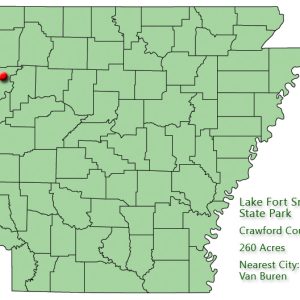 Lake Fort Smith State Park: Park Location
Lake Fort Smith State Park: Park Location
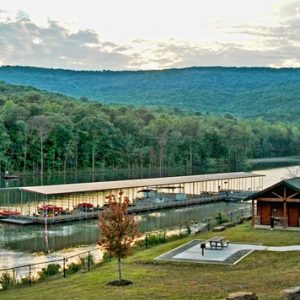 Lake Fort Smith Marina
Lake Fort Smith Marina
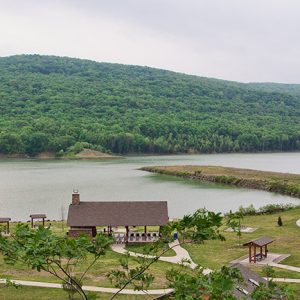 Lake Fort Smith State Park
Lake Fort Smith State Park
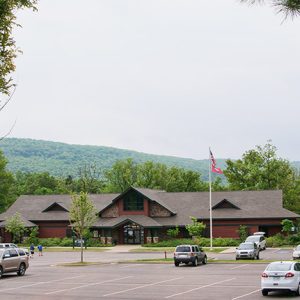 Lake Fort Smith State Park
Lake Fort Smith State Park
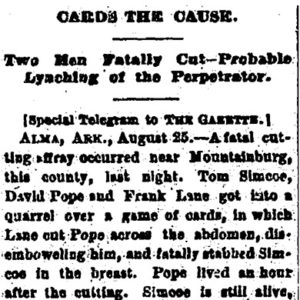 Frank Lane Lynching Article
Frank Lane Lynching Article
Lane, Frank (Lynching of)
 Lone Oak Court
Lone Oak Court
Lovely County
Mahone, Hall (Execution of)
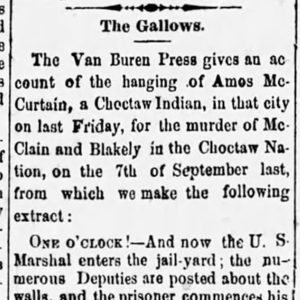 McCurtain Execution Story
McCurtain Execution Story
McCurtain, Amos (Execution of)
 Meier's City Drugstore
Meier's City Drugstore
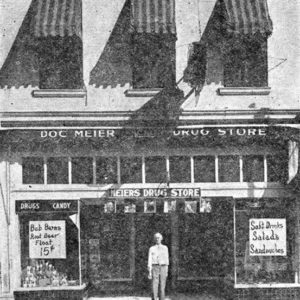 Meir City Drug Store
Meir City Drug Store
Miller, James Brown (Jim)
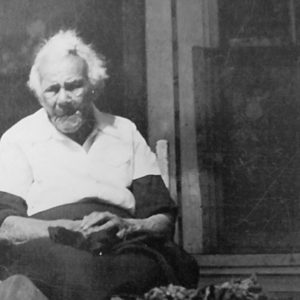 Massoline Moore
Massoline Moore
Mountainburg (Crawford County)
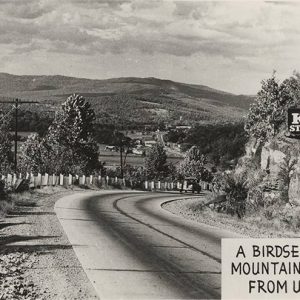 Mountainburg View
Mountainburg View
Mulberry (Crawford County)
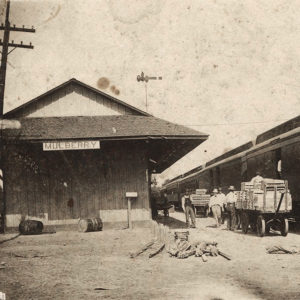 Mulberry Depot
Mulberry Depot
 Mulberry Home Economics Building
Mulberry Home Economics Building
Mulberry Home Economics Building
Mulberry River
 Murfreesboro Postcard
Murfreesboro Postcard
Our Lady of the Ozarks Shrine
 Ozark Highlands Trail
Ozark Highlands Trail
Paschal, George W.
Pennywit, Philip
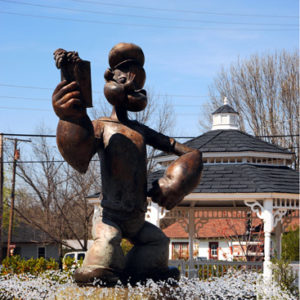 Popeye Statue
Popeye Statue
 Powell, Hall, and Burns
Powell, Hall, and Burns
Pratt, Parley P. (Murder of)
 Parley Parker Pratt Monument
Parley Parker Pratt Monument
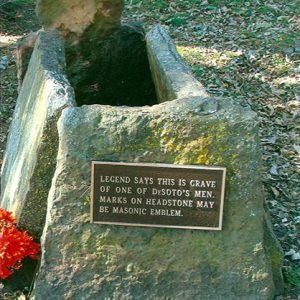 Purported de Soto Soldier Grave
Purported de Soto Soldier Grave
 Quesenbury Caricature
Quesenbury Caricature




